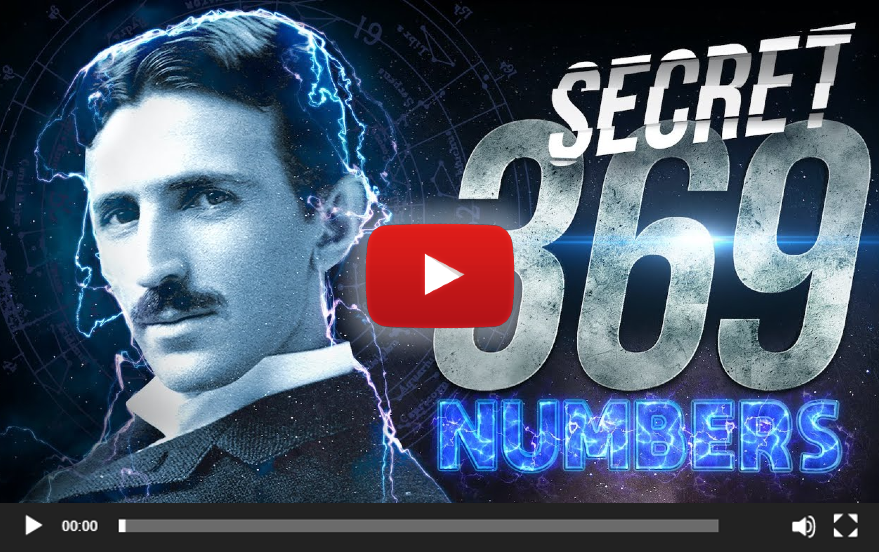Nicola Tesla, a name synonymous with innovation and forward-thinking, remains a figure of intrigue and inspiration. His life’s work, often shrouded in mystery and speculation, presents a fascinating blend of humanitarian pursuits and complex scientific endeavors.
Among his many projects, Tesla’s concept of a “death ray” has sparked considerable debate and curiosity. However, a deeper examination of Tesla’s intentions and the historical context reveals a narrative far removed from the sensationalized accounts often associated with this term.
Tesla’s vision, as it turns out, was not about creating a weapon of destruction, but rather a tool for peace. In 1934, Tesla proposed what he described as a defensive weapon, a sort of invisible barrier akin to an “impenetrable Chinese wall” but on a much grander scale.
This technology, he claimed, would render nations invulnerable to attacks from air raids or large invading armies. Tesla’s idea was to establish these stationary, immovable power plants at strategic locations along a country’s borders, effectively creating a force field that would deter any potential aggressor.
Revealed: The 369 Codes of Nikola Tesla – The Lost Keys to a Revolutionary World!

The concept, often misinterpreted as a “death ray,” was in fact an early envisioning of a defensive energy shield. Tesla’s intention was to make warfare obsolete, to create a world where the traditional means of war – airplanes, tanks, battleships – would be rendered ineffective. His idea was to protect nations without the need for offensive capabilities, a vision that aligns more with a force field than a weapon of destruction.
This notion of a peace-promoting technology wasn’t unique to Tesla. Around the same time, other scientists across the globe were exploring similar concepts. For instance, Professor Z.C. Badmon of the University of Paris revealed an “invisible death ray” capable of killing a mouse from a distance. However, he acknowledged the impracticality of such a device, citing its exorbitant cost and limited applicability.
The mid-1930s saw a flurry of interest in such technologies, with scientists in major Western countries delving into the potential of energy-based defensive systems. This period of intense research and speculation even led to public reassurances in media, attempting to calm fears about the feasibility and potential misuse of such “death rays.”

Tesla’s vision, however, was distinct. In 1935, when confronted with claims of a secret ray capable of stopping airplane motors, Tesla himself debunked these notions. He argued that while such a ray could theoretically be created, its practical application would be limited, and countermeasures could be easily developed, such as efficient copper screening or alternative ignition systems.
Tesla’s life and work, culminating in his death in 1943, reflect a constant struggle to harness science for the greater good. His ideas, often ahead of their time, sought to address some of the most pressing issues of his era, notably the scourge of war. Yet, despite his visionary proposals, the world veered towards a different path. The end of World War II saw the emergence of the atomic bomb, a weapon that, unlike Tesla’s proposed energy shield, perpetuated the cycle of war and conflict.
Today, the legacy of Tesla’s “death ray” serves as a poignant reminder of what might have been – a world safeguarded by technology designed to prevent war rather than wage it.
As we find ourselves in an era where the specter of nuclear conflict still looms large, Tesla’s vision of a peace-promoting technology remains a powerful testament to the potential of scientific innovation to foster a more secure and peaceful world.




